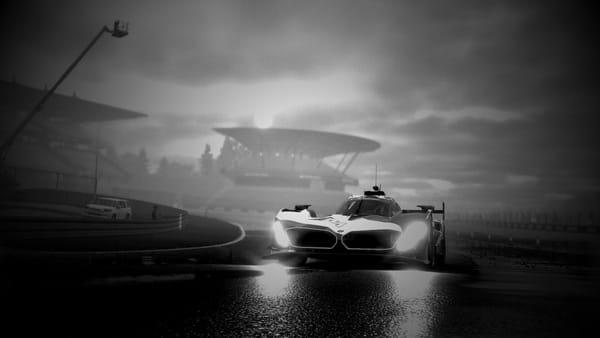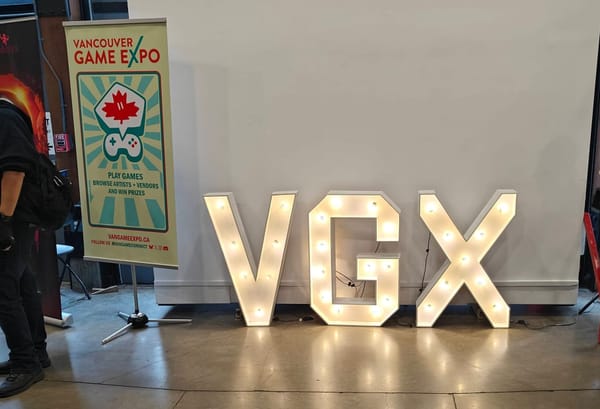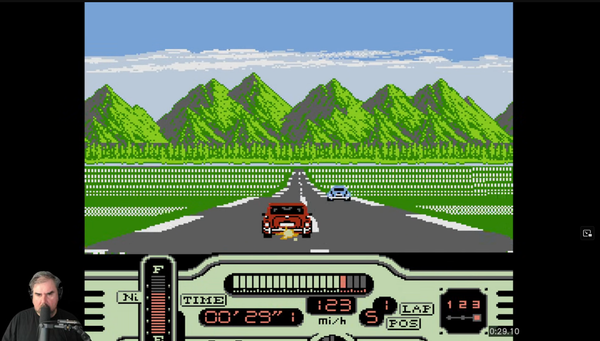Every Skyline a New Experience
Every individual Skyline GT-R that's in GT7, as well as any other car in the game, can be a new experience in it of itself where the only restriction is what the player's mind wants the car to be.

The dust has settled in the wake of the introduction of the Nissan Qashqai Tekna e-Power to Gran Turismo 7 as a part of Update 1.61. The addition of another sport utility vehicle or crossover to GT7 was always going to draw the ire of those unaware of what's going on in a Gran Turismo car list, but there's another car that was added that historically would have been treated the same way within Gran Turismo. Also added was the NISMO R34 GT-R Z-Tune, a complete overhaul of the Nissan Skyline GT-R R34 done by Nissan's in-house tuning company. Prior to Gran Turismo Sport, GT-Rs were seen as a joke within the franchise in lieu of how many duplicates and needless variants there were in the games. But this is the sixth Skyline GT-R of the modern lineage added to Gran Turismo 7, and things have changed for the better.
Gran Turismo 6's final carlist featured a total of 1247 Cars for the player to drive and race. A majority of these cars had their graphic model and assets date back to Polyphony Digital's Playstation 2 and Playstation Portable releases in the franchise: between the mainline Gran Turismo 3 and 4, the array of concept demo versions that were made available for play at regional and international auto shows in the early 2000s, and their lone release for the PSP. Notable among that list was the amount of individual examples of the Nissan Skyline GT-R sports car that would be added to Gran Turismo 4. A total of 25 factory fresh GT-R road cars across the three main generations (R32, R33 and R34) were in the game, alongside race cars and pre-modified road cars made by NISMO and Mine's.
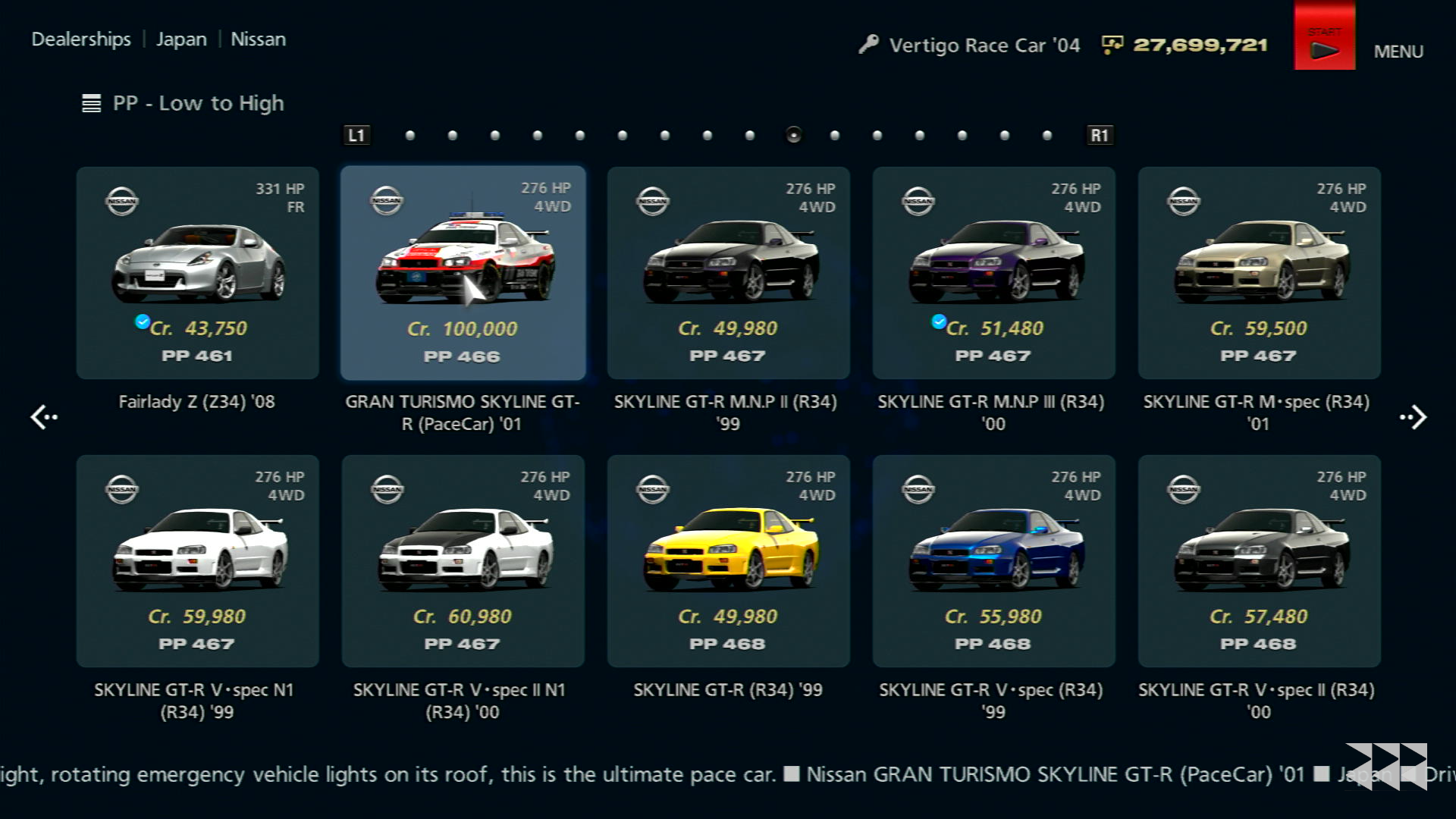
In the real world, the differences between the sub-variants of each of the GT-Rs can be significant. Through the 1990s and into the 2000s, a major portion of performance-oriented car made by Japan's auto manufactures went through changes on a year by year basis rather than the typical mid-life refresh, with the GT-R being no different. There were three separate build series of the R32 GT-R, as well as the N1, V-Spec, and NISMO variants that were built from 1989 to 1994. While some of these models had more significant changes, such as the N1 and NISMO variants being stripped-down models to then be transformed into racing cars, the differences between the main GT-Rs and the V-Spec models would only be a change in the wheel and tire package or the addition of Nissan's more advanced ATTESA four wheel drive system. These would all change and enhance the driving dynamics and experiences of the real cars significantly, but when it comes to their digital siblings the same impact would not be felt.
The differences in driving experience felt between each individual model through this era of Gran Turismo was minimal, with the lighter weight N1 and NISMO models being slightly faster out of the box due to the less mass the cars carried. All the cars could be modified and upgraded in the same way as well, between the performance parts that could be purchased from the tuning shops and the aerodynamic parts that could be installed from GT Auto. After performance and visual modifications, each different Skyline GT-R that was in that era of Gran Turismo can be seen as virtually the same as each other, with the car of choice being dependent on what body style and color the player wanted the car to be if the so-called best model of the lot wasn't used. Included in this were a trio of special edition models where what sets them apart was their paint color, with R34 Midnight Purple II and III as well as the R33 LM Limited editions having special pearlescent purples and Champion Blue being the only colors on those models respectively.

Paired with the ever-increasing size of the car list that happened with Gran Turismo 5 and 6's now fully detailed car models, the conclusion was reached that these car lists were significantly bloated and inflated with the amount of functional-duplicate cars that were on offer, with the Skyline GT-Rs being at the forefront of this. The other notable examples of this car list inflation was the inclusion all continental-specific variants of the same car as different models to buy, such as the Honda S2000 featuring American, European, and Japanese models and the Renault Clio V6 having both the traditional and the Japanese-exclusive naming available to purchase individually. The bulk of these "standard" models did not receive the visual touch-ups that Polyphony Digital did to a select few of the standard models either, meaning there was multiple castes within the car list of Gran Turismo 6 beyond if it was a standard, or fully detailed model. The end result was a car list with a significant amount of cars that the player had no reason to ever touch, and never would.
Things would change with the new console generation. The Playstation 3 proved difficult for developers to program for, with Polyphony feeling the sting of that themselves. With the development of Gran Turismo Sport for Playstation 4, the car list would have a significant overhaul; all the standard models, with some having their roots going back to 2001, were not going to be returning with GT Sport being treated as a fresh start in terms of graphics and audio. All models were now fully detailed as we know them today, with the exception being some Vision Gran Turismo cars lacking an interior and subsequent cockpit camera angles. Duplicate models, including different liveries on race cars being seen as different models, were largely now a thing of the past outside of some models having variants for usage within the Group system or not. No longer were there 30 different Nissan Skyline GT-Rs.
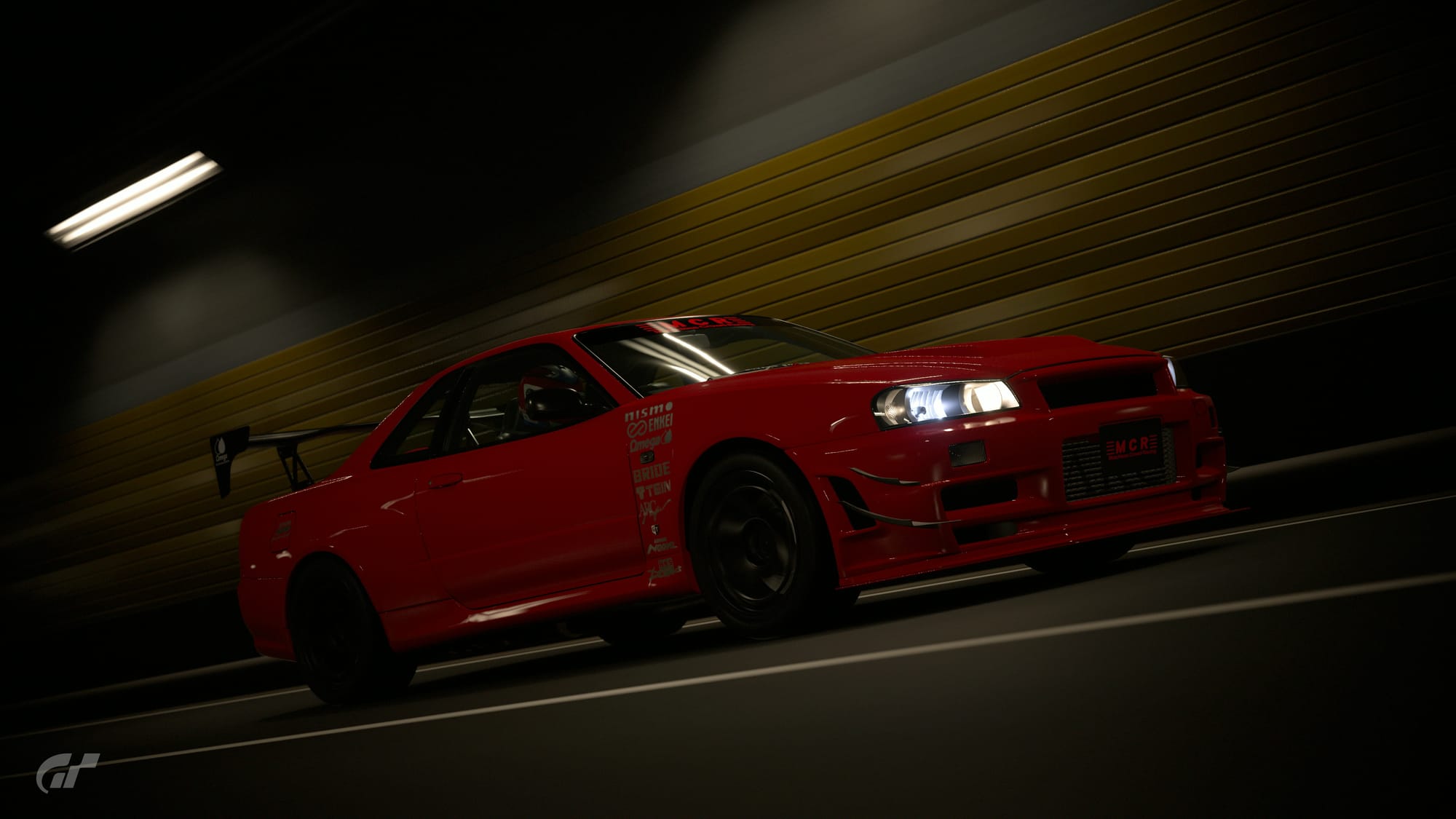
Gran Turismo Sport was deliberately a more static experience compared to contemporary GT titles, and can be seen as a hard reset point to build a new foundation for the future. To help get all the pieces in place for the new programming architecture that was possible on the PS4 and beyond, the tuning and upgrading systems that helped define Gran Turismo was completely streamlined to where parts didn't need to be bought, and power and weight adjustments was merely a percentage slider that could be adjusted. The contemporary performance and upgrading would return with Gran Turismo 7, as well as enhanced capabilities in terms of visual modification. This improved visual modification system would provide the basis for any potential duplicates to stand out on their own.
At launch, each of the three generations of Nissan Skyline GT-R that had functional duplicates in prior titles only had one model in each body style between them. They each had fairly generic, but complete visual upgrades between them which had the capability to turn each car into a racecar that would have competed in the Super N1 Taikyu Series or into recreations of their Race Modification counterparts from the first two Gran Turismo titles. Making full replicas of such race cars was now fully possible with Gran Turismo 7's livery editor allowing the player to upload custom decals online via the GT website. It's a fantastic livery editor, fully capable in creating replicas and original pieces in a way only matched by what's possible on a flat template using a graphic editing program on computer.
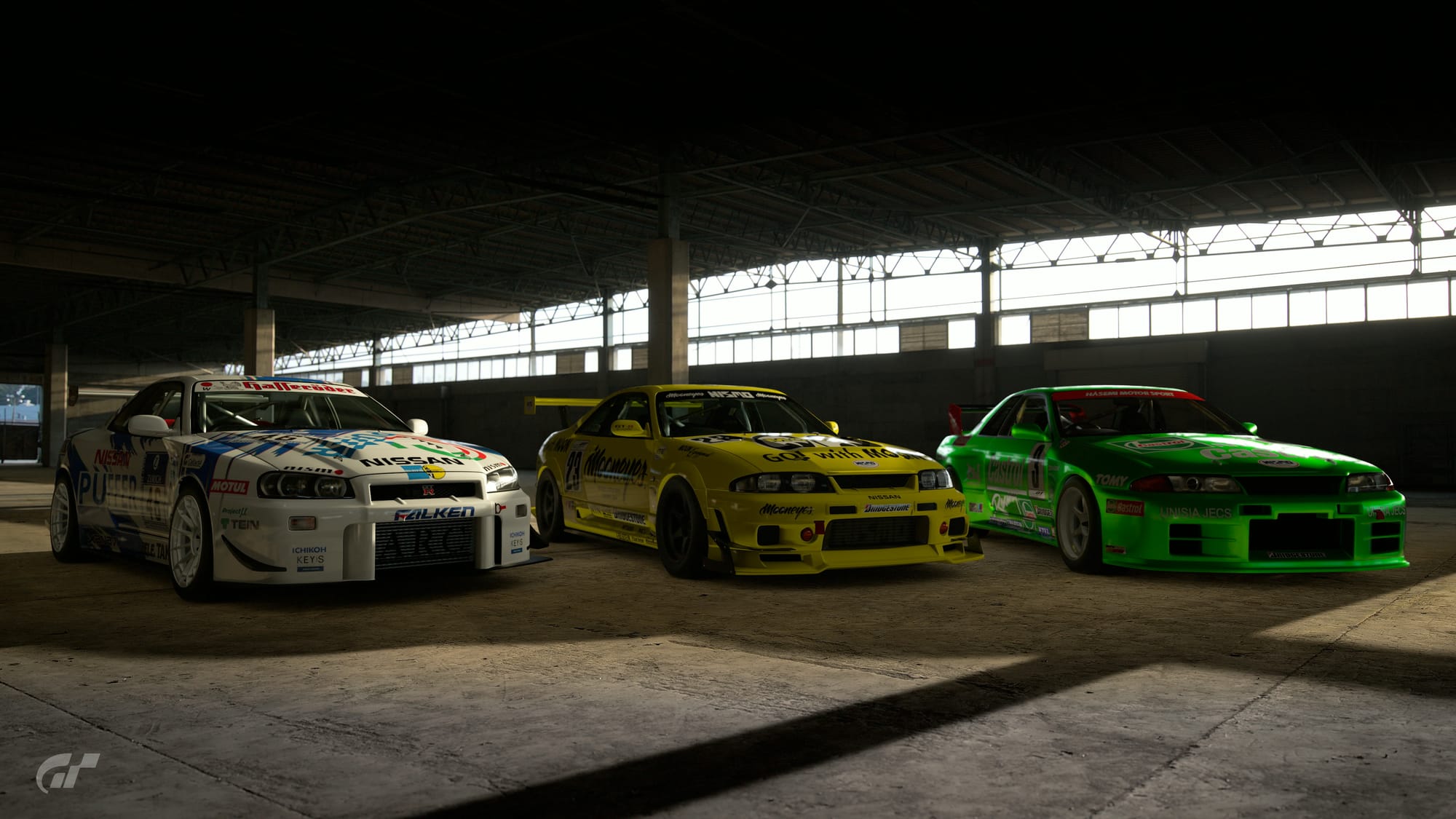
Through post-launch updates, as of Update 1.61, each of those generations of Skyline GT-R now has a secondary model in Gran Turismo 7: the R32 GT-R NISMO, the R33 NISMO 400R, and now the R34 GT-R NISMO Z-Tune. As well as being fully distinctive in terms of their interior and exterior models and more extensive performance differences, each car has additional visual upgrades that stands them apart from their regular counterparts. The R32 GT-R NISMO can now be transformed into Godzilla: the world-conquering Group A touring car which won the Bathurst 1000 in 1991 and 1992, or into the earliest iteration of the R32 Skyline GT-R that raced in the All Japan Grand Touring Car Championship in the following years. The R33 NISMO 400R can be transformed to resemble the R33 Skyline that raced in the JGTC after the R32 was retired, and additionally can function as a substitute for the GT-R LM NISMO which raced at the 24 Hours of Le Mans in 1995 and 1996. The GT-R NISMO Z-Tune can be transformed into the race car that Falken Tire used in the Nürburgring 24 Hour race in the first half of the 2000s, or into a replica of the R34 Touring Car that was post-launch downloadable content for Gran Turismo 5.
Each of the six Skyline GT-Rs now each stand out in ways that previously was not possible in the franchise, because the franchise has given every car a chance to do that. With the introduction of the livery editor in Gran Turismo Sport and the enhanced visual customization in Gran Turismo 7, the sandbox that is in place gives the player a near infinite amount of possibilities at their disposal. Every individual Skyline GT-R that's in GT7, as well as any other car in the game, can be a new experience in it of itself where the only restriction is what the player's mind wants the car to be. You can make your Skylines into early-era JGTC GT500 cars, Tsukuba Circuit time attack cars, others into a slammed show car that could easily fit in at Wekfest, or roll back the clock and recreate the classic Race Modifications that helped define the first two Gran Turismo games.
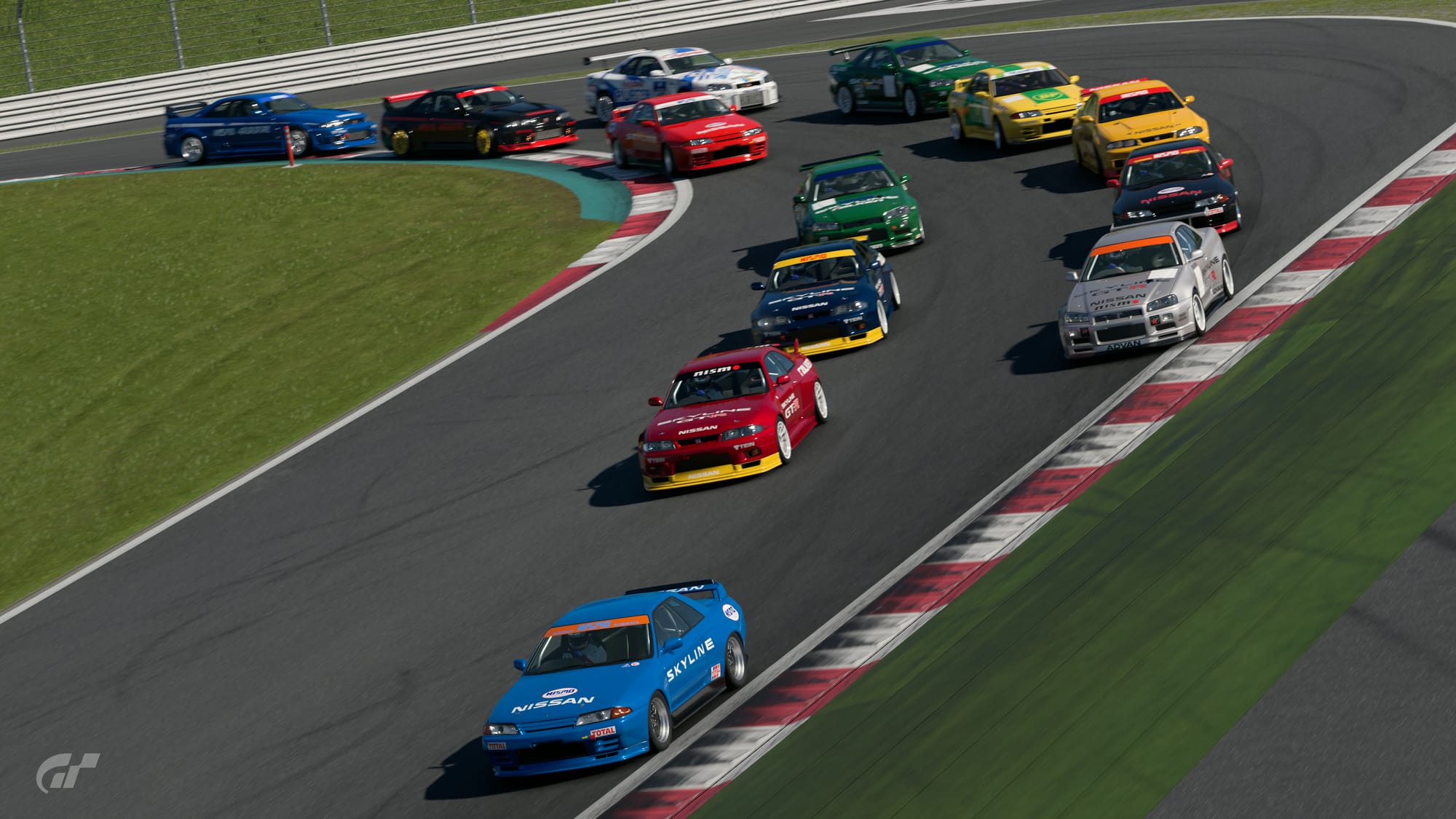
This enhanced sandbox is the defining feature of Gran Turismo 7 that helps stand it apart from the rest of the franchise. None of this was possible before this entry into the series that has been largely overshadowed by economy issues that have long since been fixed, a failed patch deployment that knocked the game offline for a few days years ago, and a launch content list in terms of races that simply was not up to the task at hand with everything else that was on offer. We are now three years since initial launch, and the artistic and creativity that the game has always been capable of has come to the forefront and has done so through, in part, each of these Skyline GT-Rs being able to stand apart on their own two feet.
As was mentioned in the previous post talking about the Nissan Qashqai Tekna e-Power, Gran Turismo 7 has become "the coolest automotive museum in the world, and the curator has given you the keys and told you can do whatever the hell you want." The curator has even given the player the chance to completely transform the exhibits in their own image, with the possibilities near endless. This exhibit started with six of the greatest cars to come from Nissan and Nismo, and you could go in any direction possible to change it; and that is worth every credit of the three million it takes to buy the Z-Tune.
So worth it, in fact, that I bought three.



